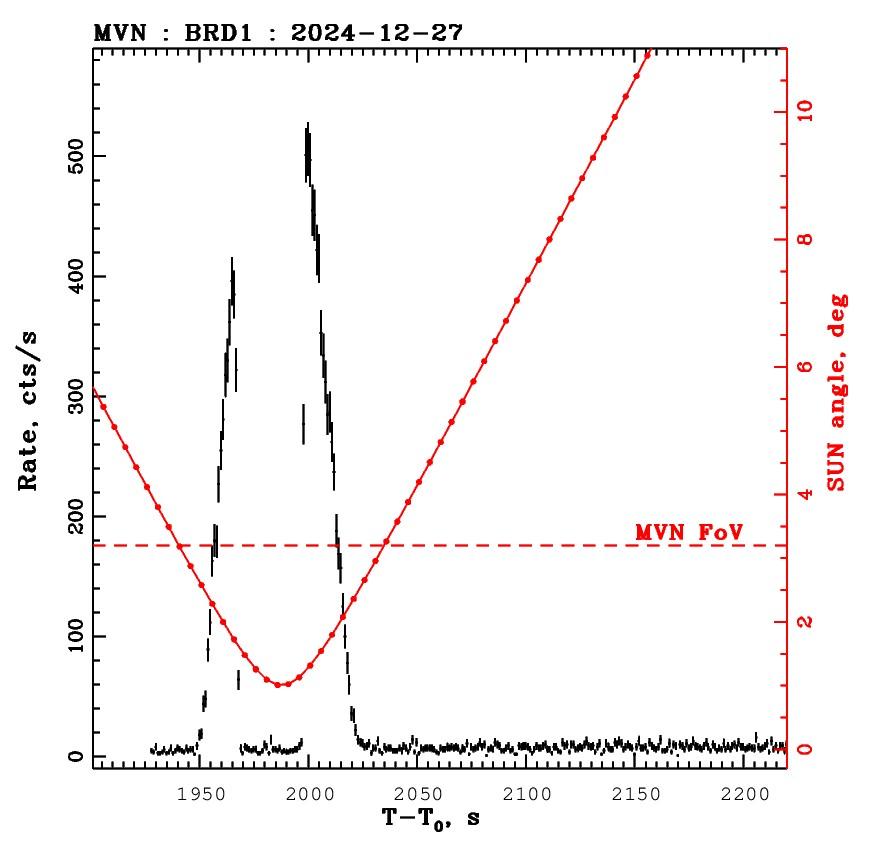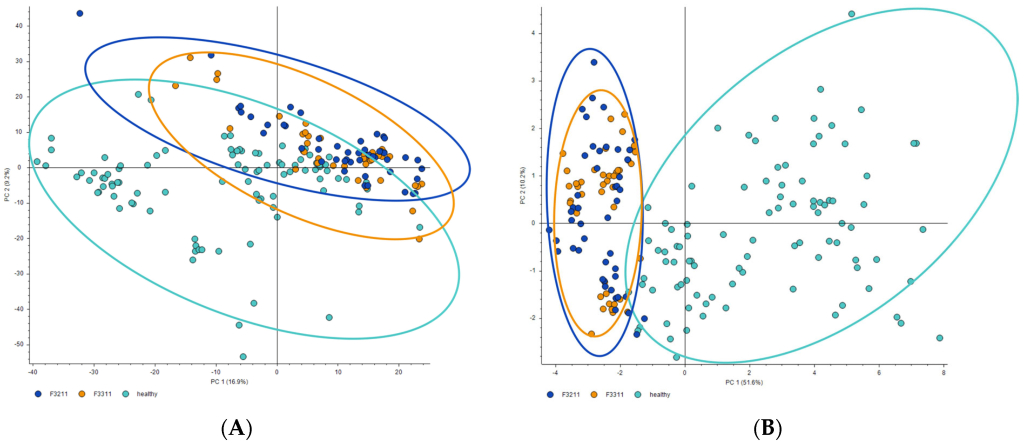Astronomers have discovered the shortest gamma-ray burst from a supernova explosion
Astronomers have discovered the shortest gamma-ray burst from a supernova explosion
Source Отделение физических наук
Astronomers have recorded the shortest gamma-ray burst that resulted from the collapse of a massive star. The discovery may call into question the generally accepted classification of gamma-ray bursts based on their duration. The study is published in Nature Astronomy.
Gamma-ray bursts are called explosive cosmic processes that are accompanied by a large-scale release of energy mainly in the form of gamma radiation. They are classified by duration into short (less than two seconds) and long. Long-term observation has shown that, in general, long gamma-ray bursts occur as a result of the collapse of the core of a massive star, while short bursts occur as a result of the merger of binary neutron stars.
Over time, however, it became clear that the duration criterion does not always adequately reflect the nature of the outbreak. For example, it has been suggested that some long gamma-ray bursts owe their origin to the fusion of neutron stars, while some short gamma-ray bursts are similar to long ones. For a more accurate answer to the question of what caused the surge, it is necessary to take into account all its properties, including the characteristic afterglow in the ranges with a longer wavelength.
One of such controversial gamma-ray bursts turned out to be GRB 200826A, which was observed and studied by a group of astronomers from 12 countries, including Russia, led by Thomas Ahumada from the University of Maryland, USA. After analyzing the data obtained, they showed that GRB 200826A, whose duration is only 0.6 seconds, occurred as a result of a supernova explosion in a distant galaxy.
Astronomers were helped in this by a multi-object spectrograph installed on the Gemini North telescope in Hawaii. The researchers obtained an image of the galaxy from which the radiation came on the 28th, 45th and 80th days after the gamma-ray burst, which was recorded on August 26, 2020 by the Fermi Space Gamma-Ray Telescope. Analyzing the incoming signal in several bands, scientists found excessive radiation, which could only be explained by a supernova explosion as a result of the collapse of a massive star.
The discovery casts doubt on the correctness of the generally accepted classification of gamma-ray bursts. In addition, it may shed light on the contradiction associated with the fact that the number of long gamma-ray bursts observed by astronomers is much smaller than the number of supernovae. The researchers suggest that many of the observed short bursts actually have a nature associated with the collapse of stars.
Astronomers believe that this and some other gamma-ray bursts associated with supernovae seem to be short, because the jets of gamma rays that come out of the poles of the collapsing star are not intense enough to completely leave its surface. As a result, the spike seems shorter than it actually is, or it is not observed at all. If this hypothesis is confirmed, it will lead to the fact that gamma-ray bursts caused by the collapse of massive stars will be detected more often.
Astronomers continue to set records when observing gamma-ray bursts. Earlier, for the first time, they recorded ultrahigh-energy radiation from gamma-ray bursts and found the farthest optical trace of a gamma-ray burst.
Gamma-ray bursts are called explosive cosmic processes that are accompanied by a large-scale release of energy mainly in the form of gamma radiation. They are classified by duration into short (less than two seconds) and long. Long-term observation has shown that, in general, long gamma-ray bursts occur as a result of the collapse of the core of a massive star, while short bursts occur as a result of the merger of binary neutron stars.
Over time, however, it became clear that the duration criterion does not always adequately reflect the nature of the outbreak. For example, it has been suggested that some long gamma-ray bursts owe their origin to the fusion of neutron stars, while some short gamma-ray bursts are similar to long ones. For a more accurate answer to the question of what caused the surge, it is necessary to take into account all its properties, including the characteristic afterglow in the ranges with a longer wavelength.
One of such controversial gamma-ray bursts turned out to be GRB 200826A, which was observed and studied by a group of astronomers from 12 countries, including Russia, led by Thomas Ahumada from the University of Maryland, USA. After analyzing the data obtained, they showed that GRB 200826A, whose duration is only 0.6 seconds, occurred as a result of a supernova explosion in a distant galaxy.
Astronomers were helped in this by a multi-object spectrograph installed on the Gemini North telescope in Hawaii. The researchers obtained an image of the galaxy from which the radiation came on the 28th, 45th and 80th days after the gamma-ray burst, which was recorded on August 26, 2020 by the Fermi Space Gamma-Ray Telescope. Analyzing the incoming signal in several bands, scientists found excessive radiation, which could only be explained by a supernova explosion as a result of the collapse of a massive star.
The discovery casts doubt on the correctness of the generally accepted classification of gamma-ray bursts. In addition, it may shed light on the contradiction associated with the fact that the number of long gamma-ray bursts observed by astronomers is much smaller than the number of supernovae. The researchers suggest that many of the observed short bursts actually have a nature associated with the collapse of stars.
Astronomers believe that this and some other gamma-ray bursts associated with supernovae seem to be short, because the jets of gamma rays that come out of the poles of the collapsing star are not intense enough to completely leave its surface. As a result, the spike seems shorter than it actually is, or it is not observed at all. If this hypothesis is confirmed, it will lead to the fact that gamma-ray bursts caused by the collapse of massive stars will be detected more often.
Astronomers continue to set records when observing gamma-ray bursts. Earlier, for the first time, they recorded ultrahigh-energy radiation from gamma-ray bursts and found the farthest optical trace of a gamma-ray burst.



